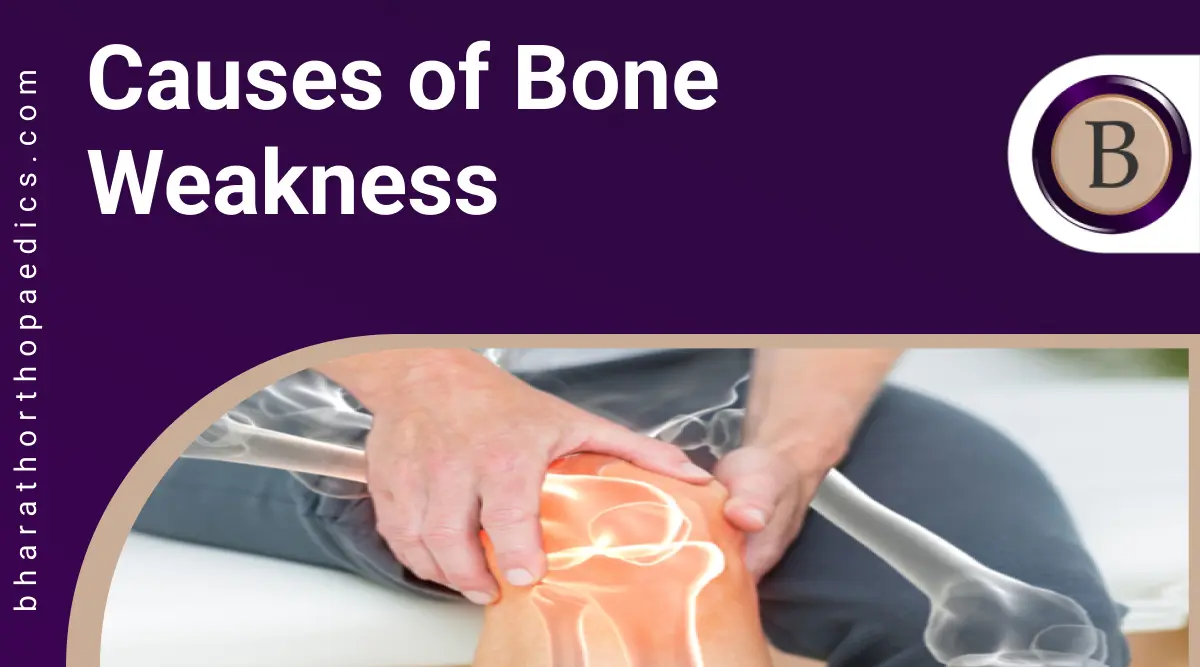Rheumatoid arthritis (RA) stands as a persistent autoimmune condition impacting millions across the globe, challenging individuals with its complex interplay of immune responses and joint inflammation. It goes beyond mere joint pain, impacting various aspects of one’s life. In this comprehensive guide, we’ll delve into the subtle and not-so-subtle signs of rheumatoid arthritis, shedding light on its symptoms and providing insights into the specific challenges it poses.
What are the signs of rheumatoid arthritis?
Signs of rheumatoid arthritis (RA) include joint stiffness, swelling, and tenderness, often more pronounced in the morning or after periods of inactivity. Persistent pain and warmth around affected joints, accompanied by a decreased range of motion, are common indicators. Systemic effects may manifest as fatigue, fever, and unintended weight loss. While RA can affect any joint, its presence in the knees can be particularly debilitating. Early recognition of these signs is crucial for timely intervention, as RA is a chronic autoimmune disorder requiring comprehensive management strategies for improved quality of life.
Understanding Rheumatoid Arthritis
Rheumatoid arthritis is a complex condition that can manifest in diverse ways. From joint pain to systemic effects, RA can be a formidable adversary. Let’s explore some common signs that may indicate the presence of rheumatoid arthritis.
The first and foremost signs of rheumatoid arthritis often involve the joints. Stiffness, swelling, and tenderness, particularly in the morning or after periods of inactivity, are hallmark symptoms. These symptoms might initially be mistaken for regular joint wear and tear, emphasizing the importance of paying attention to their persistence and pattern.
The Elusive Symptoms of Rheumatoid Arthritis in Knee
While RA can affect any joint, its presence in the knees can be particularly debilitating. Understanding the specific signs of rheumatoid arthritis in the knee is essential for early intervention and management. Symptoms such as persistent pain, swelling, and warmth around the knee joint, coupled with a decreased range of motion, are crucial signs of rheumatoid arthritis that should not be overlooked.
Symptoms of rheumatoid arthritis in the knee often include persistent pain, swelling, and a feeling of warmth around the joint. Individuals may also notice a decreased range of motion and difficulty with weight-bearing activities. It’s crucial to distinguish these symptoms from temporary discomfort, as prompt attention can make a significant difference in the progression of the disease.
Beyond the Joints: Systemic Effects of Rheumatoid Arthritis
Rheumatoid arthritis is not confined to joint-related symptoms. It can have systemic effects, impacting various organs and systems throughout the body. Fatigue, fever, and unintended weight loss are among the signs that rheumatoid arthritis is exerting a broader influence.
Understanding these systemic effects is pivotal for comprehensive disease management. While joint symptoms might be more noticeable, the overall impact of RA on the body’s well-being should not be underestimated.
Unravelling the Diagnostic Process
Diagnosing rheumatoid arthritis can be challenging, given the variability in symptoms and their similarity to other conditions. A healthcare professional, often a rheumatologist, plays a critical role in this process.
The diagnostic journey typically involves a combination of medical history, physical examination, and specific laboratory tests. Elevated levels of certain antibodies, such as rheumatoid factor (RF) and anti-citrullinated protein antibodies (ACPAs), are often indicative of rheumatoid arthritis. Imaging studies like X-rays and MRI scans may also be employed to assess joint damage.
Early diagnosis is key to effectively managing rheumatoid arthritis and minimizing its long-term impact. If you suspect you may be experiencing signs of rheumatoid arthritis, seeking professional medical advice promptly is crucial.
Conclusion
Recognizing the signs of rheumatoid arthritis is the first step toward effective management. Whether it manifests in the joints or presents systemic effects, understanding the nuances of this condition is essential for prompt intervention. If you or someone you know is experiencing persistent joint pain, stiffness, or systemic symptoms, it is imperative to consult a healthcare professional for a comprehensive evaluation, especially if there are specific symptoms of rheumatoid arthritis in the knee. Recognizing signs such as persistent pain, swelling, warmth around the knee joint, and a decreased range of motion can provide valuable information for an accurate diagnosis.
Read also Knee Arthroscopy Recovery Time.




